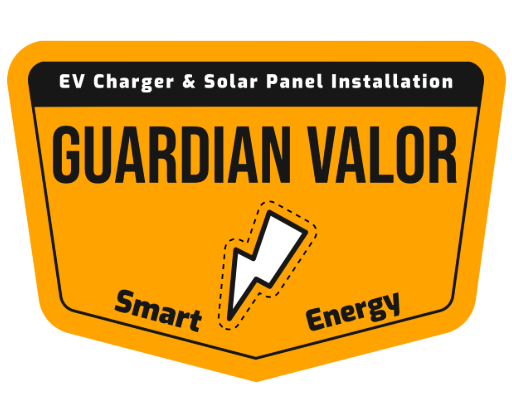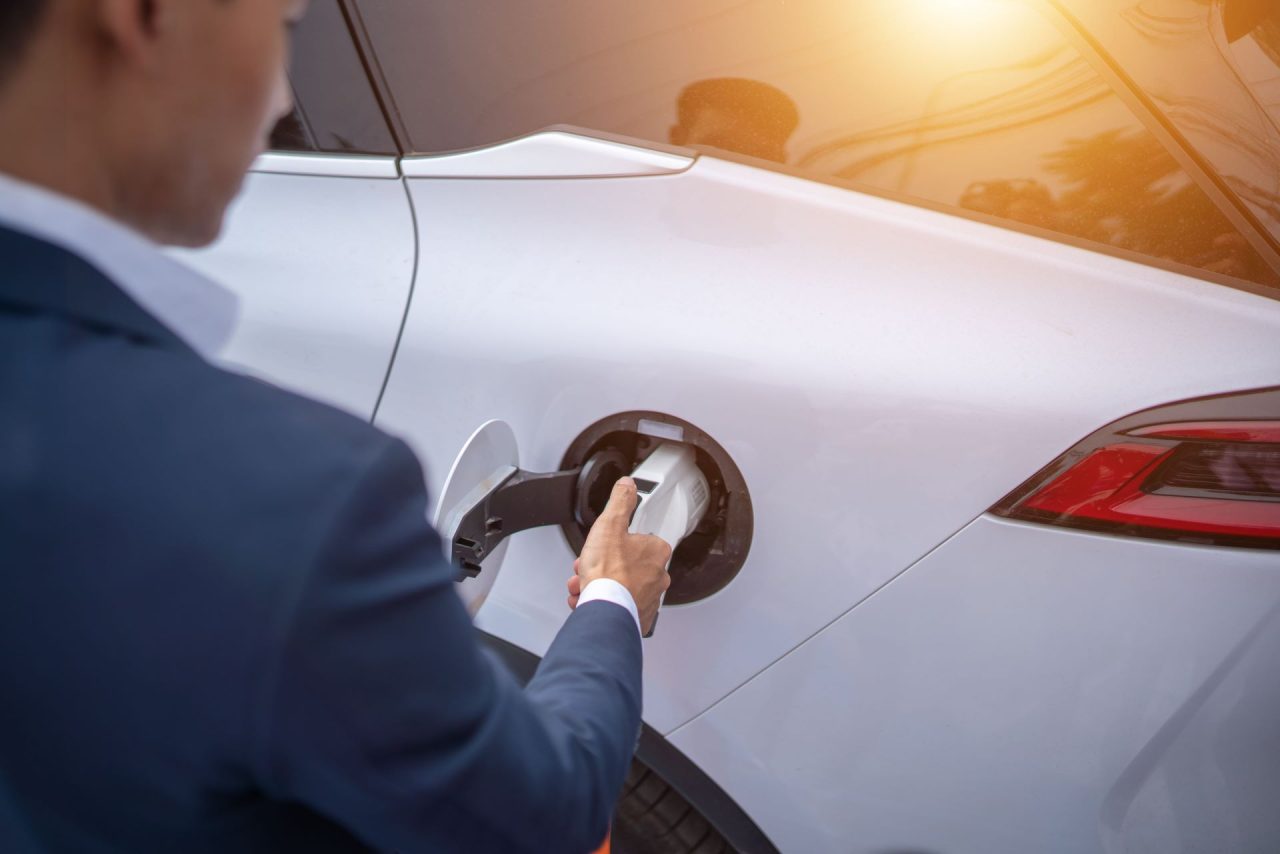KNOWLEDGE IS POWERThe Hidden Time Trap: What EV Buyers Must Know About Public Charging
Electric vehicles (EVs) are the future, or so we’ve been told. With all the hype surrounding them—the zero-emission promise or the future-focused technology—it’s easy to get swept away and imagine yourself cruising effortlessly in your new, eco-friendly ride. What many tend to overlook, however, is a significant factor that’s just as essential as fuel savings or reducing your carbon footprint: the hidden time cost of public charging. It’s a factor that could influence not just your finances but your lifestyle.
The Glittering Allure of Electric Vehicles
There’s no denying the advantages of electric cars. They are, without a doubt, a crucial part of the solution to our environmental crisis. They produce fewer greenhouse gases, reduce dependency on fossil fuels, and often come equipped with state-of-the-art technology that puts old combustion engine models to shame. But here’s the catch: Like every coin has two sides, so does the EV equation.
The Charging Infrastructure: A Work in Progress
It’s worth considering that the charging infrastructure for electric vehicles is still in a nascent stage. Yes, charging stations are increasingly ubiquitous, but they are far from conveniently located or as fast as conventional gas stations.
While home charging is an option, not everyone has the luxury of a personal charging station. According to a 2021 U.S. Department of Energy study, nearly 40% of Americans live in multi-unit dwellings, like apartments and condos, where setting up a personal charging station is often impractical or prohibited. That leaves many relying on public charging stations.
The Waiting Game
Here’s where the real issue lies: the time investment. Unlike filling up a gas tank—which takes roughly 5 minutes—the time needed to charge an electric car can vary widely depending on the charger’s speed and battery capacity. While fast chargers can take about 30 minutes to provide an 80% charge, standard charging stations can take hours. Imagine spending valuable time waiting for your car to charge instead of being productive or doing activities you enjoy.
Let’s not forget the time spent planning your trips around charging stations, ensuring you have enough juice to reach your destination without the anxiety of getting stranded. And if you arrive at a public charger to find all the ports occupied? Well, that’s more time ticking away.
Time Is Money, or Maybe Even More
Sure, you might save money on fuel costs, but have you accounted for the time investment? What is the opportunity cost of those extra hours spent each week—or each month—simply waiting for your vehicle to charge? It’s vital to consider, especially for those with demanding jobs, families, or simply a desire to maximize their free time.
The Inconvenient Truth
The transition to sustainable transportation is essential, but making decisions that align with your lifestyle and commitments is crucial. If you’re contemplating making the switch, consider the environmental benefits and long-term savings and the less-discussed, often overlooked time cost of public charging.
A Holistic Approach to Decision-Making
Like any significant investment, an electric vehicle should involve a comprehensive evaluation beyond the surface. So, the next time you weigh the pros and cons of an EV, consider the whole picture. Making an informed decision could save you more than just money—it could save you a lot of time.
Remember, a future-forward choice is only as good as its alignment with your present reality. Choose wisely.

